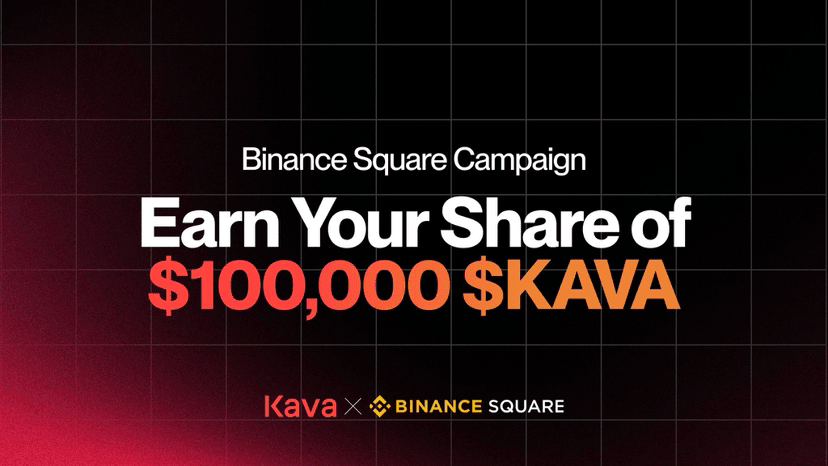
Kava, go go go!
In a sea of public chains, Kava's positioning is very straightforward: EVM-compatible + Cosmos IBC. The former allows Ethereum ecosystem contracts, tools, and wallets to be used without relearning; the latter connects you to the cross-chain highway of Cosmos. For teams, it's all about 'the development experience of Ethereum + the liquidity path of Cosmos'.
Kava's underlying structure is PoS, where validators are responsible for block production and security, and KAVA is used for staking, governance, and gas. For developers, the most apparent experience is that RPC, toolchains, and contract debugging are quite similar to Ethereum; for users, cross-chain assets come in via IBC and bridges, reducing 'chain-switch anxiety'.
In terms of performance and costs, Kava takes a steady approach: sufficient throughput, fast confirmations, and controllable fees. Whether you're doing DEX, lending, derivatives, or chain games, it can basically run without having to worry about the costs of every interaction on an expensive chain.
Cross-chain is Kava's signature feature. Many native assets from Cosmos chains can be directly IBC'd to Kava, forming multi-asset pools; mainstream assets from Ethereum can also be bridged in. For DeFi protocols, this means a wider 'supply line': deeper liquidity, market making, and yield strategies have more material to work with.
Governance is straightforward, characterized by parameter transparency and a proposal voting system. Key aspects such as transaction fees, staking rewards, and ecological incentives can all be discussed and adjusted on-chain. In the long run, the ability of governance and incentives to remain friendly to developers and market makers will determine the ecological ceiling.
For teams implementing projects, Kava's advantage lies in the low migration costs. Existing Solidity code can almost be 'moved in and used', and by connecting to the IBC flow port, revenues, airdrops, NFTs, and points systems can be linked together, providing room for growth strategies.
For regular users, the process is also simple: connect an EVM wallet to Kava, prepare a small amount of KAVA for gas, and transfer assets from Ethereum or IBC chains, starting with familiar DEXs or lending. Transaction fees and confirmation times are more user-friendly, and the interaction experience remains seamless.
In one sentence: Kava combines the 'development convenience of Ethereum' with the 'cross-chain potential of Cosmos'. Teams looking for low-friction deployment and broad liquidity can use it as a main base or strong distribution channel.
@kava #KavaBNBChainSummer $KAVA
